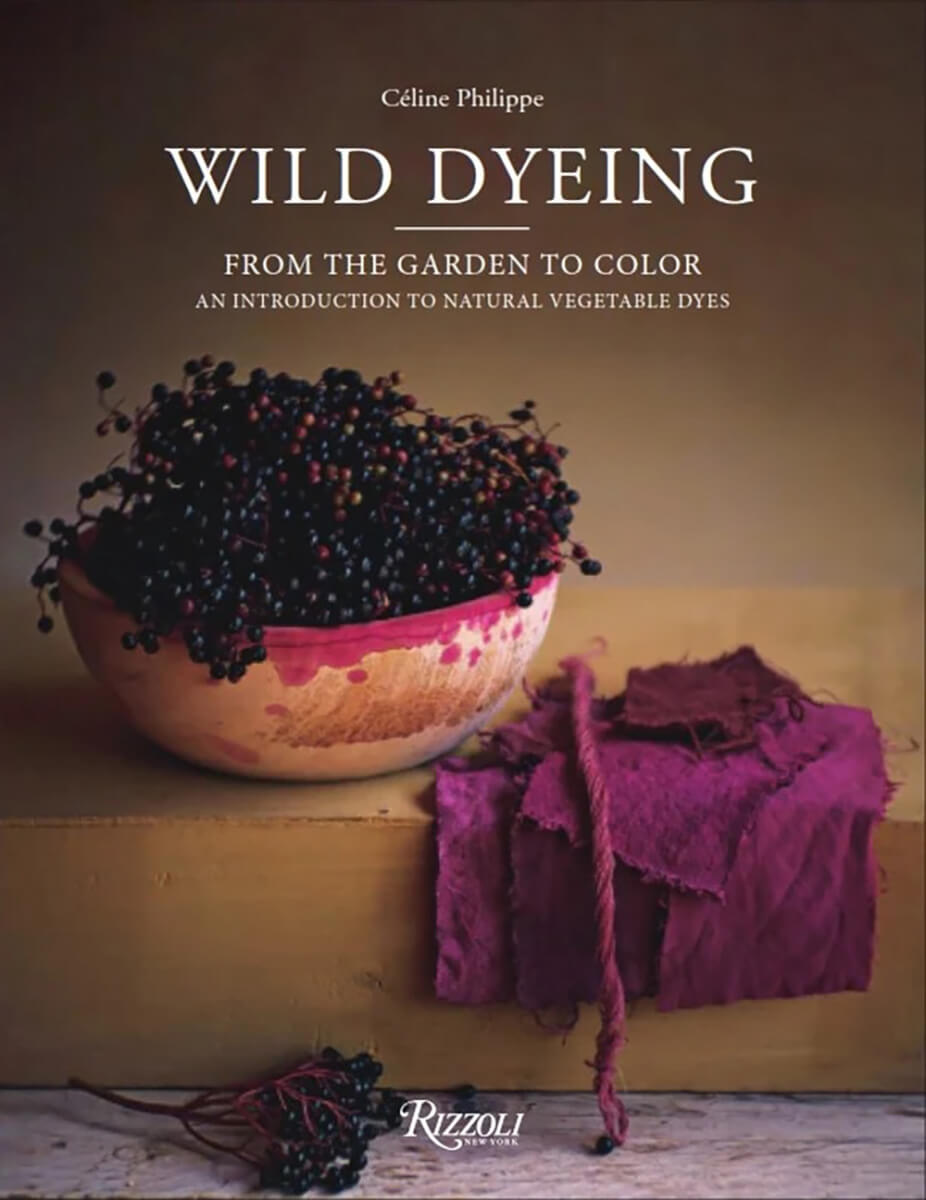With Wild Dyeing: From the Garden to Color—An Introduction to Natural Vegetable Dyes, Céline Philippe provides both a beginner’s guide to plant-based dyeing and an accessible study of the science of the craft. She breaks down complicated chemistry, like how the aluminum content and the pH of any given plant will affect its ability to dye. At the same time, her instructions for making dyes are as straightforward and easy-to-grasp as you can get. The process is certainly time-consuming, but Philippe makes sure it’s approachable. In part one, she covers the fundamentals of dyeing, which includes a primer on fibers; for example, animal fibers like wool and silk are much less resistant to dye than plant fibers like cotton and linen, but plant fibers can tolerate variations in temperatures and can thus be easier to handle. Philippe even delves into the types of water you can use in making dyes and how the result of a dye made with tap water might look slightly different than if it had been made with rainwater. The second part of the book, called “The Quest for Colors,” functions a little like a cookbook, with recipes for how to create specific dyes, such as one that incorporates weld, a weed that makes a brilliant chartreuse. You can also utilize common kitchen staples like beets (they generate brilliant shades of red and deep purple) and onions (mild peachy pinks). But Wild Dyeing is also a kind of botanical dictionary, with beautiful photographs of flowers and plants that will inspire readers of all kinds, from professionals to the dye-curious.
